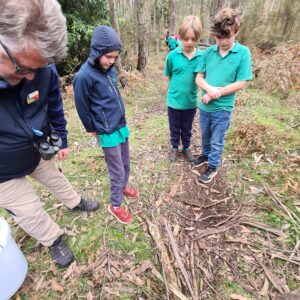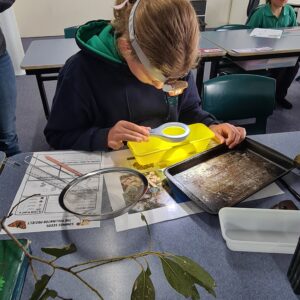





















Science/STEM
Students receive weekly Science/STEM lessons as delivered by a Science Specialist. Loosely based on the Primary Connections Curriculum, a two year curriculum cycle is taught and students build upon their scientific skills and knowledge over F-6.
The Primary Connections: Linking science with literacy is an Australian Academy of Science flagship program. The units of work are inquiry based and are taught throughout a term. Over the course of a year, students have experiences in Biological Science, Chemical Science, Physical Science and Earth and Space.
Rocketry Program
In 2024, our Grade 3-6 students have experienced a Rocketry Program, facilitated by Mr Hulonce, which has taught us about the physics, engineering and mathematics of flight. Many launches have been completed, with rocket designs modified as we learnt more. We began with smaller designs, then progressed to balloon and bottle rockets and finally finished with more serious rocket designs. We graphed the flight data to determine design flaws and modified construction to ensure the highest/ straigtest flight outcome. Senior students have held Balloon Rocket workshops to share their knowledge with younger ones. So much fun!
Kitchen Garden Program
We have some budding gardeners within the school! Every now and then during Kupa Ngal (a fortnightly mixed age activity session) we aim to cook some of the produce that has been grown in our school vegetable garden. Thanks to our parent volunteers who've helped us plant the vegetables. Often during recess of lunchtime you'll see a small group of students watering, weeding or harvesting.
We use the Kitchen Garden cookbooks and resources. The cooking component is particularly fun, with zucchini fritters a favourite! This helps children understand more about food production, and healthy cooking, while giving them ideas about how to duplicate the activities at home.
Ecology in Clay 2024
Exploration of Ecology in Clay is a joint project between NDPS and three highly skilled creatives. This project has been six months of incredible learning, as we partnered with Cat Bailey, Barry Tate and Diana. The Grade 3/4 class was chosen to be part of this work and has benefited immensely from the expertise and support of ecologists and artists.
Ecology in Clay is funded by Creative Victoria and explores the artistic medium in the development of local endangered species habitats such as the Yellow Tailed Black Cockatoo and the Southern Bent Wing Bat. Exploration of ecology in clay will empower students to engage creative processes while exploring biodiversity issues. The target species, SBWB, has been identified by various environmental agencies including SWIFFT (Statewide Integrated Flora and Fauna Teams). [1]
[1] https://www.environment.vic.gov.au/conserving-threatened-species/threatened-species/southern-bent-wing-bat
Professionals’ Practice:
“Exploration” complements our creative professionals’ practice as it utelises clay and enables us to bridge the divide between ceramic arts and the more modern discipline of 3D printing. The artistic team, who have a combined experience of seventy years working in arts ecology and community and public arts, created response to place sculptures in collaboration with the children, using the clay medium which will then be replicated by 3 D technology. Initially they will work closely with experts in the field of bat and bird ecology to design possible habitat forms that might support the growth of these endangered species now or in the future.
The enquiry involves:
Asking “how can clay be used to investigate and respond to loss of habitat for endangered species in the region?” Clay is a non-polluting, earth based, material which is bio secure once fired and the 3D materials are eco-friendly with a low carbon footprint.
Creative skills and understandings:
“Exploration” has supported students to further develop their understandings of:
- Clay as a creative medium,
- The processes of clay and where it is found,
- How clay is prepared,
- The different types of clay,
- The result of mixing clay with liquid/s,
- Different clay building techniques such as hand building, slip casting and moulding,
- 3D printing and its application to sculpture and the environment,
- New technologies in developing artworks,
- The function of fabricators and contractors in larger artworks,
- The processes of collaboration,
- How to take an artistic project from concept through to delivery of an outcome,
- Experimentation and learning that mistakes can be capitalised on,
- How to think laterally and problem solve,
- Creative processes,
- How we can be inspired to respond with creativity to issues currently being faced today due to climate change and importantly,
- How becoming a creative practitioner can have huge implications for local environment.
Intended outcome:
The intended outcome is to create in clay, new innovative, hybridised forms of endangered animal and bird species habitat that can be recreated in multiples with 3D printing.
Collaboration across industry:
Luton Industries is a 3-D printing and construction organisation that are fully invested working with the Narrawong community and artists to extend their practice and response to climate change.
Extending the artform and engaging with new/hybrid forms:
This project has a very experimental and explorative approach in response to habitat loss and damage due to clearing, climate change or potentially fires. We anticipate that the exploration will lead to completely new art forms which have not been created today in Australia as well as a completely innovative response to the challenges faced.
“Exploration” introduces an innovative approach to artistic cultural practice:
The intersectionality of this project between the arts, ecology, and new technology such as 3D printing in response to local habitat loss for endangered species of animals and birds is a very innovative approach not yet explored regionally.
Activities have included:
- Southern Bent Wing Bat presentation (information from Zoos Victoria)
- DEECA presentation (Ethan)- Southern Brown Bandicoot and human response to habitat destruction through fire
- MossWood Wildlife (Tracey and Diana) presentation- koala conservation
- NGT/ Brian Haywood- Black Cockatoo, Bright Eyed Brown butterfly presentations/ conservation of endangered and threatened species.
- Excursion to Mt Clay (Josh Pierce and Mike Risk)- considering threats to Gang Gang Cockatoos
- Clay workshops, design, sculpting, cretaing, firing, glazing a variety of responses to habitat destruction (producing three large prototypes, numerous small items, small mammal, bee habitat and free design)
- Visit to Barry Tate's studio to use wheel and other equipment involved in ceramics
- Engaging a 3D printer to duplicate our designs
